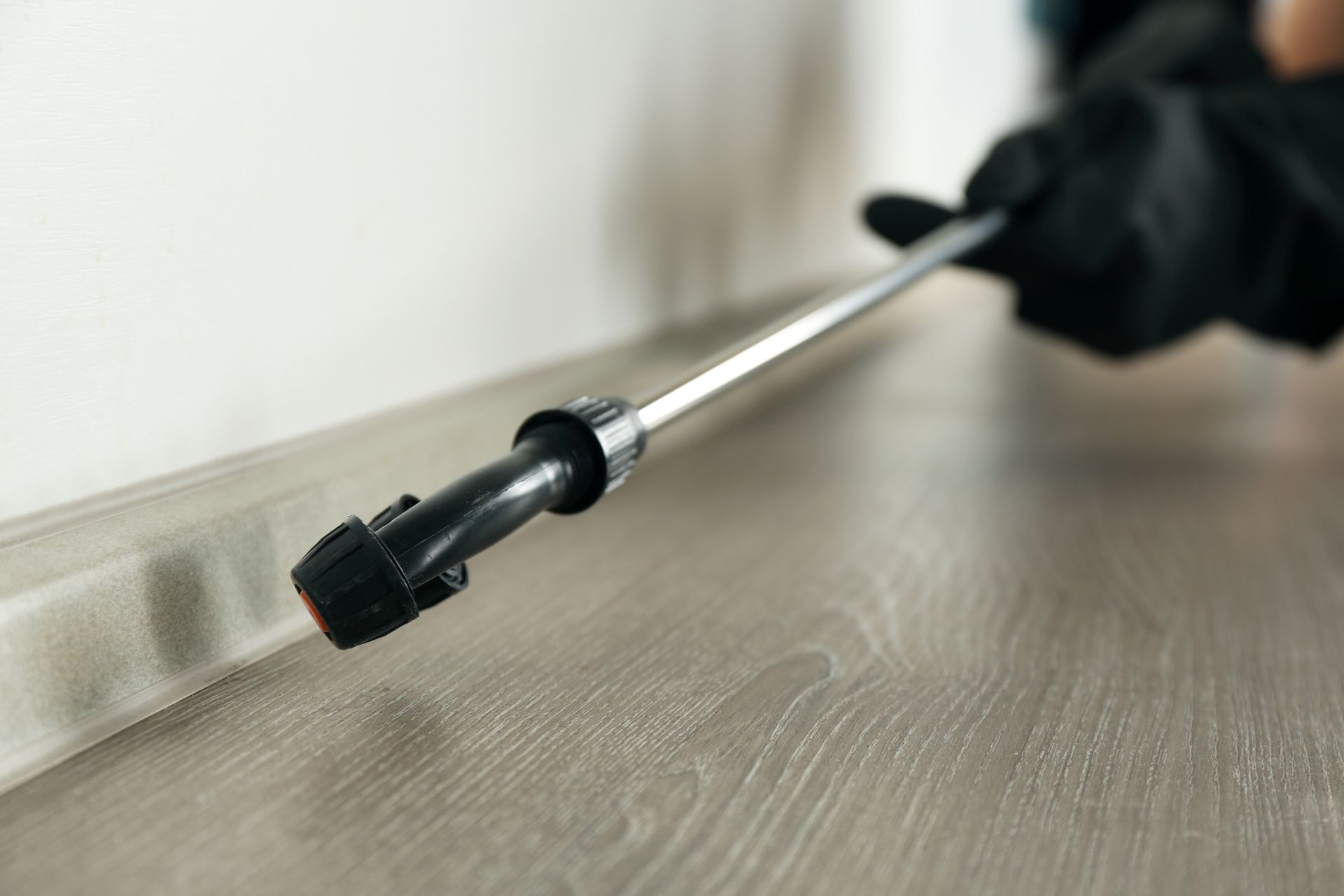Quick Guide to Mosquitoes and Mosquito Control in Minnesota
Here's a quick overview of native Minnesota mosquitoes, the risks mosquitoes pose to people, and ways you can control mosquitoes on your property.
Most Dangerous Mosquito
Minnesota is home to over 50 different species of mosquitoes. It's no wonder the annoying, incessantly buzzing insects seem to take over the state when the weather turns sultry.
Most of the state's mosquito species aren't a danger to humans, even if the insects do deliver itchy bites and make mind-rattling noise. However, the Culex tarsalis mosquito is considered a threat to human and animal health in Minnesota .
Culex tarsalis mosquitoes are the chief vectors of eastern equine encephalitis. The Culex tarsalis mosquito also carries the West Nile virus, California encephalitis, and St. Louis encephalitis. Some facts about Culex tarsalis mosquitoes include:
- Preferred hosts are domestic and wild birds.
- Incidental hosts are horses, cows, and humans.
- Larvae are found in clear and foul water.
- Preferred habitats are fouled livestock and slaughterhouse water.
Future Mosquito Threats
Two additional species of Culex mosquitoes are considered highly hazardous to humans, but Minnesota residents have been spared from their bites in the state so far. The yellow fever mosquito (Aedes aegypti) and the Asian tiger mosquito (Aedes albopictus) are on scientists’ radars. The two species combined spread nine different diseases worldwide.
In the U.S., the yellow fever and Asian tiger mosquitoes transmit the following seven diseases, according to the CDC:
- West Nile virus
- Dengue
- Zika
- Chikungunya
- Yellow fever
- St. Louis encephalitis
- Eastern equine encephalitis
Experts predict that the most suitable breeding spots for the Asian tiger mosquito will rapidly expand in the next 80 or so years. The increase in favorable mosquito breeding locales is projected to grow from five to 50 percent of the land area of the U.S.
Effective Mosquito-Control Methods One of the best ways to combat mosquitoes around your property is to remove their breeding spots. Since some species of mosquitoes breed in scant amounts of water, all open containers in your yard are prime spots for female mosquitoes to lay their eggs.
Female mosquitoes lay their eggs in rafts that sit directly on the surface of water. Each raft can hold up to 400 individual eggs cemented together. Contact with water on the entire raft spurs the eggs to hatch, but un-drenched mosquito eggs can stay dormant and still hatch after years in drier conditions.
Since mosquitoes tend to remain in the general area where they hatch, any collected or pooled water on your property adds to the mosquito population around your home. Vigilantly empty every water-holding item in your yard to significantly reduce your exposure to mosquitoes on your property.
Items and places to check for pooled, standing water include:
- Children's toys
- Playground equipment
- Patio furniture
- Empty buckets and planters
- Old tires
- Trash cans
- Jars, small cans
- Under leaky faucets and pipes
- Over septic tanks
- In puddles and drainage areas
- Inside clogged gutters
Keep all of your screens and screen doors repaired with good-quality window-screening material. Minimize how often doors are opened at dusk and after dark when Culex tarsalis is most active.
Professional Mosquito Control When a mosquito problem gets out of hand, call in the experts for help. Modern pest control professionals practice a method called integrated pest management (IPM). IPM is a multi-step process of handling pest control. Residents and pest control experts work together to accomplish pest eradication and prevention goals.
Your IPM role is to keep standing water off your property and provide barriers with good screens and closed doors. Your pest control professional's role is to use one or more treatment methods to kill eggs, larvae and/or adult mosquitoes. Backpack spraying of insecticides directly on mosquito-infested areas is one of the modern treatment methods used by IPM-trained professionals.
After an inspection of your property for mosquito control, your pest control expert advises you on additional steps you can take to limit mosquito populations in your area. They help you decide on the best chemical mosquito control for your specific location and mosquito- breeding conditions.
Reduce the numbers of mosquitoes on your property in the Twin Cities region of Minnesota by contacting Paffy's Pest Control today. We're a locally owned pest control firm, and we offer free home consultations.















